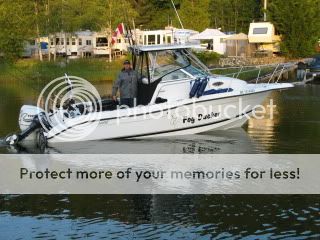Charlie
Well-Known Member
Okay, you guys got me confused? Are all of you sure you are talking about the same thing? Some of you are stating 5 gross tons and some are saying 5 gross tonnage, there is a big difference there and everyone knows that, right?
If you are thinking and taking in your boat weight and thinking you are calculating GT... I am not sure that would be correct. GT (gross tonnage - not gross tons)is calculated and based on volume of all enclosed spaces of the ship and has nothing to do with the ship weight, right? I really don't know, I thought, down here, to get a “ships” gross tonnage it could only be calculate through the USCG?
A boat big enough to carry 5GT, is "usually" a pretty big boat and if I am not mistaken...it would be a lot bigger than a 26 feet sport boat, unless maybe some type of a multi hull?
And, I could be completely wrong here, as I have never had to worry about GT of a boat!
If you are thinking and taking in your boat weight and thinking you are calculating GT... I am not sure that would be correct. GT (gross tonnage - not gross tons)is calculated and based on volume of all enclosed spaces of the ship and has nothing to do with the ship weight, right? I really don't know, I thought, down here, to get a “ships” gross tonnage it could only be calculate through the USCG?
A boat big enough to carry 5GT, is "usually" a pretty big boat and if I am not mistaken...it would be a lot bigger than a 26 feet sport boat, unless maybe some type of a multi hull?
And, I could be completely wrong here, as I have never had to worry about GT of a boat!



